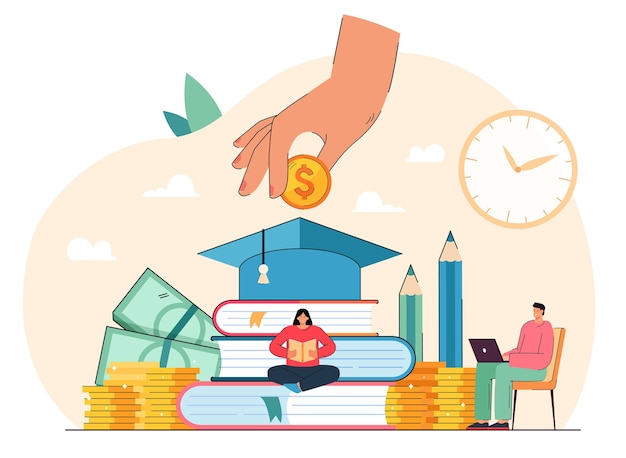Navigating Student Loans: Key Repayment Challenges and Strategies to Save Money

Student loans resumed in October after a three-year break, following the Supreme Court’s decision to strike down President Joe Biden’s forgiveness program in June. Since then, many borrowers have encountered issues with their loan servicers, as highlighted in a recent Consumer Financial Protection Bureau (CFPB) report. These problems include long wait times to reach loan servicers, delays in processing applications for income-driven repayment plans, and inaccurate billing statements.
Average wait times to speak with a representative have increased from 12 minutes in August 2023 to over 70 minutes in October 2023. Consequently, half of all calls are abandoned, leaving borrowers unable to correct errors, get answers, or enroll in repayment or cancellation plans. Dror Liebenthal, CEO of Bold.org, advises borrowers to start early by using the Federal Student Aid platform to find their loan servicer and create an account. He also suggests contacting Federal Student Aid or school financial aid departments for key loan information. Patricia Roberts, COO at Gift of College, recommends using multiple communication channels and keeping detailed records of all interactions.
The report also notes significant delays in processing applications for income-driven repayment (IDR) plans, such as the new Saving on a Valuable Education (SAVE) plan, which ties payments to income and family size. As of late October, over 1.25 million IDR applications were pending, with more than 450,000 pending for over 30 days. Jenny Groberg, founder of BookSmarts Accounting and Bookkeeping, emphasizes the importance of budgeting and not relying solely on external help for loan repayment. Peter Earle, senior research fellow at the American Institute for Economic Research, advises borrowers to ensure their documentation is complete and to adjust financial plans to accommodate potential delays.
Additionally, the report found that many borrowers received inaccurate loan disclosures or billing statements, including errors in calculating IDR payment amounts. One servicer failed to send timely billing statements to 2.5 million borrowers, causing confusion and potential financial harm.